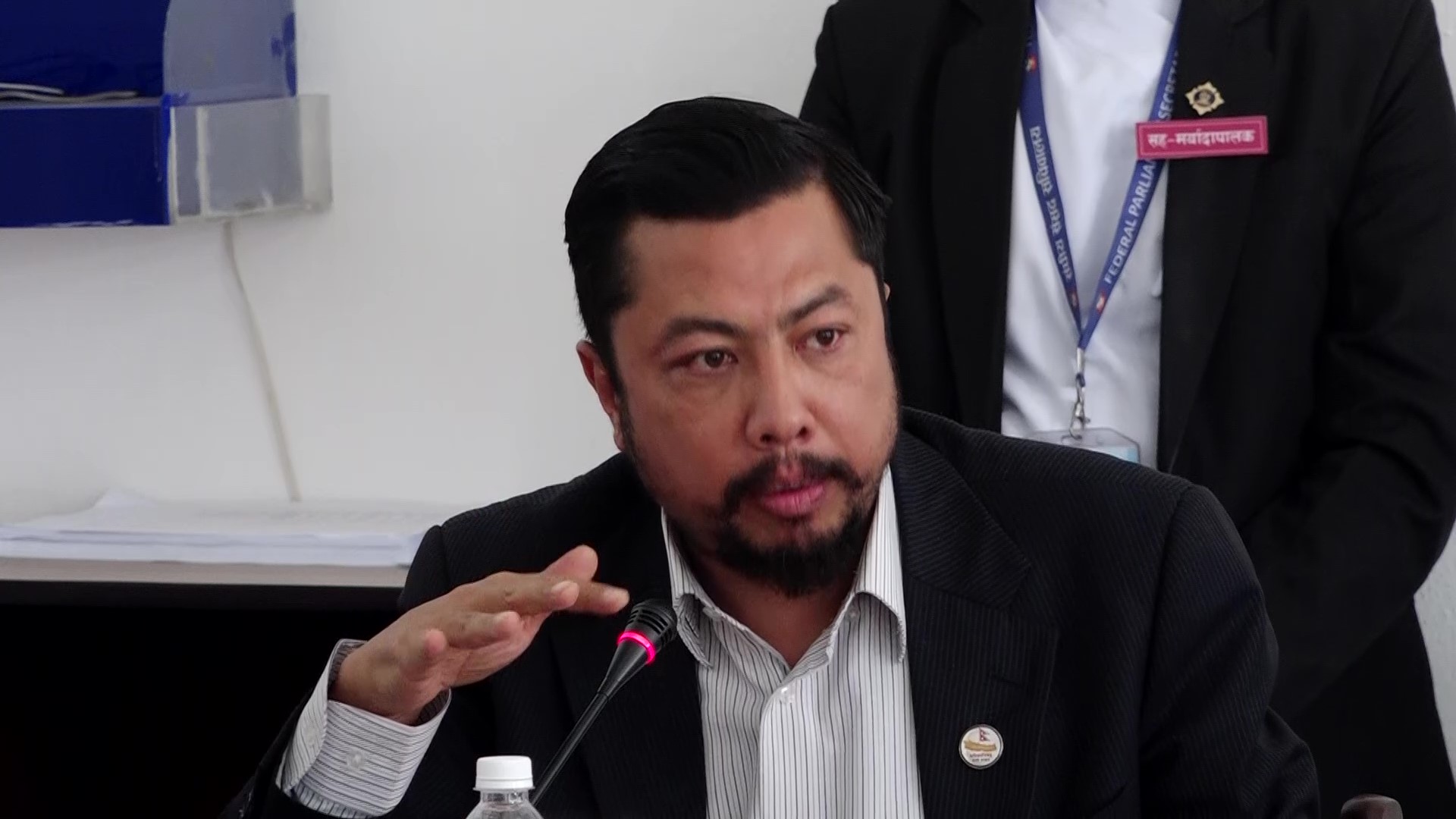Rupandehi. Ramayan Pal of Kotahimai Rural Municipality-5 Devanbaksapur has been raising sheep for the past 20 years. Most of his time is spent outside the house.
He takes his sheep not only to Marchwar but also to Bhairahawa, Lumbini and other areas to graze them. The ‘Bhedihar’ Pal, which started with about three hundred sheep, has come to a standstill in this journey. Currently, he has only 35 sheep. Earlier, there was a problem with the grazing area, but now, with the sheep wool no longer being sold, not only Pal but also the profession of the Bhedihar community is in danger of disappearing.
On the main road of Marchwar, sheep hair is seen cut and thrown here and there. After the sale of sheep wool stopped, sheepherders left the place where they sheared their hair. After the sale of wool stopped, their interest in it gradually started to decrease. ‘Earlier, I had more than three hundred sheep, and I used to sell more than one hundred kilos of wool.’ Pal said, ‘For a few years, the wool stopped selling. So now I have reduced the number to only 35.’
Earlier, buyers from various places used to come to their homes or pastures looking for sheep wool. In the Terai, sheep meat is not generally eaten. Therefore, the source of income for sheep farmers has now become zero.
Barundev Pal, a resident of Kudsar, Kotahimai Rural Municipality-3, said that the wool is not being sold due to the decreasing interest of consumers in clothes made from sheep wool. ‘Earlier, the demand for clothes made from sheep wool was high and it was possible to earn a living from this profession.’ He said, ‘Now, since such industries are closing down, there may be no demand for it.’
Warm clothes including blankets, sweaters, hats and other items are woven from sheep wool, but modern blankets have replaced it. Blankets are available for Rs 2,000 to Rs 3,000, but blankets made from wool are comparatively expensive, so the demand for wool has decreased, he believes.
Apart from this, there is also a problem of grazing land for sheep in the Terai. ‘Earlier, there were many fields and grazing land was also abundant,’ said a local surveyor. ‘It is difficult to raise sheep now due to the lack of grazing land.’
There were a significant number of sheep raisers in the district, including Sammarimai Rural Municipality-3 and 5 of Kotahimai Rural Municipality-3. Pal said that a decade ago, he raised more than 30,000 sheep. He complains that due to the lack of grazing land, the inability to sell wool, milk and meat, he is forced to engage in alternative occupations to meet household expenses.
The locals demand that the local government help protect sheep farmers. Local social worker Ganesh Pal emphasized that the local government should help protect the traditional profession. He suggests that the municipality should help in the purchase and marketing of wool. He said that this will help implement the policy of ‘one local level, one product’.
































प्रतिक्रिया दिनुहोस्